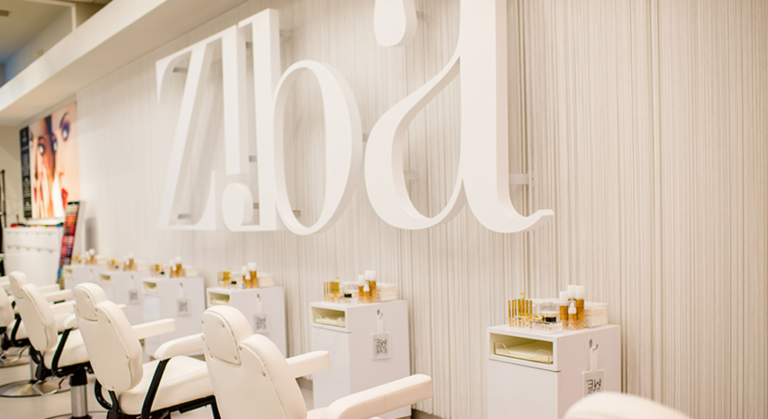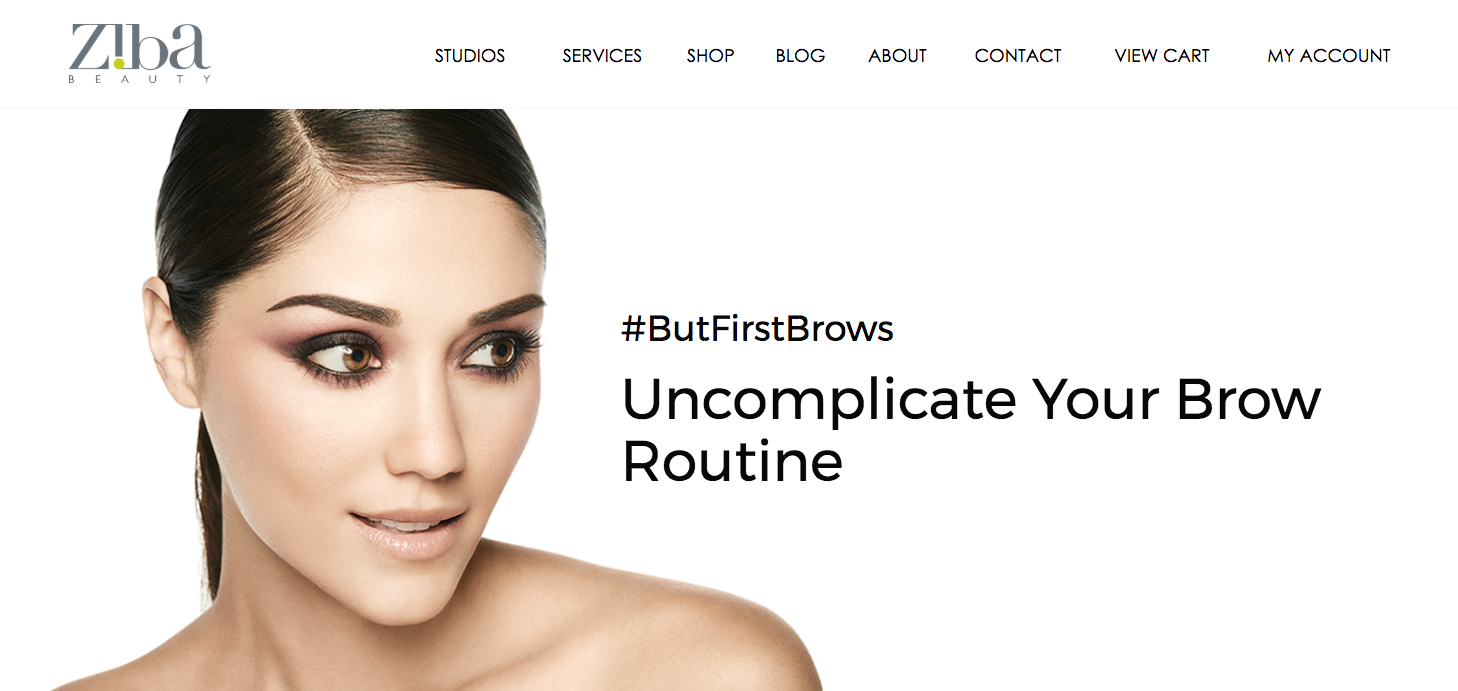
Ziba Beauty Academy
Ziba Beauty Launches the Prestigious The Art of Threading; Mastery Certification Program [Artesia, Ca] — Ziba Beauty, the premier eyebrow threading and waxing studio and recognized industry

Ziba Beauty Launches the Prestigious The Art of Threading; Mastery Certification Program [Artesia, Ca] — Ziba Beauty, the premier eyebrow threading and waxing studio and recognized industry

The outbreak of Covid-19 saw a massive rise in the demand of hand sanitizers even though the various health authorities stated that using regular soap and water was

Ziba Podcast Episode 1 Maya: Hi everyone it’s Maya Batra. Thank you so much for tuning in. If you’ve been a part of the Ziba Family for many years,

In late March, we temporarily closed our 14 California-wide studios due to the Covid-19 pandemic. Even though government regulations okayed our reopening in June, we decided to remain closed for

Our CEO, Sumita Batra, was interviewed by International Business Times to discuss the challenges of reopening its business operations. Ziba Beauty temporarily closed its 14 California-wide studio locations
Dear Ziba Family— This is difficult for us to write. Even though we have many precautions and safety standards in place, Ziba Beauty will continue to keep our

We got a chance to sit down with the CEO of Ziba Beauty and chat about the future of retail post COVID-19. As an industry leader with decades

Four simple words that symbolize the foundation of Ziba Beauty, so it is only fitting that both our offline and online appearances, emulate this statement. That being said,

Ziba Beauty Launches the Prestigious The Art of Threading; Mastery Certification Program [Artesia, Ca] — Ziba Beauty, the premier eyebrow threading and waxing studio and recognized industry leader in the United States, is proud to announce the launch of its exclusive The Art of Threading; Mastery Certification Program. This

The outbreak of Covid-19 saw a massive rise in the demand of hand sanitizers even though the various health authorities stated that using regular soap and water was quite as effective. In fact, the Centers for Disease Control and Prevention (CDC) only recommends using an alcohol-based hand sanitizer (with an

Ziba Podcast Episode 1 Maya: Hi everyone it’s Maya Batra. Thank you so much for tuning in. If you’ve been a part of the Ziba Family for many years, thank you so much and if you’re new Welcome. I am the founder’s granddaughter and the CEO’s daughter and my mom is

In late March, we temporarily closed our 14 California-wide studios due to the Covid-19 pandemic. Even though government regulations okayed our reopening in June, we decided to remain closed for a little longer for your safety and ours due to the high contact nature of our business. We are going to be

Our CEO, Sumita Batra, was interviewed by International Business Times to discuss the challenges of reopening its business operations. Ziba Beauty temporarily closed its 14 California-wide studio locations in late March due to the COVID-19 pandemic. It will remain closed until safety permits otherwise. Read the full interview transcript below,
Dear Ziba Family— This is difficult for us to write. Even though we have many precautions and safety standards in place, Ziba Beauty will continue to keep our 14 studios in California closed. We strongly believe that it is irresponsible and dangerous to allow high touch services like eyebrow threading to

We got a chance to sit down with the CEO of Ziba Beauty and chat about the future of retail post COVID-19. As an industry leader with decades of experience in Souther California retail, we were curious to see what she thinks the retail landscape will look like after the

Four simple words that symbolize the foundation of Ziba Beauty, so it is only fitting that both our offline and online appearances, emulate this statement. That being said, we’d like to welcome you to Ziba Beauty’s newly redesigned website – made just for you. Ziba Beauty knows brows. For over